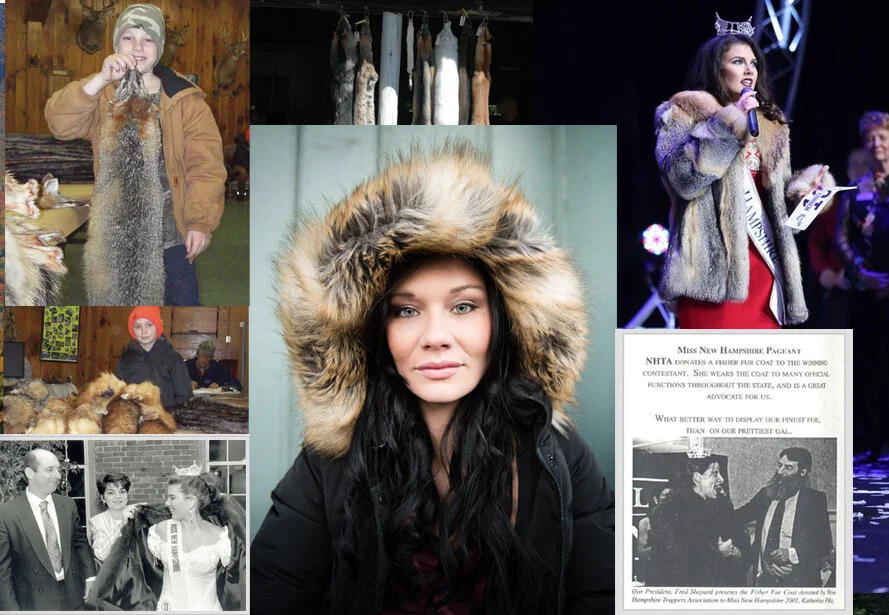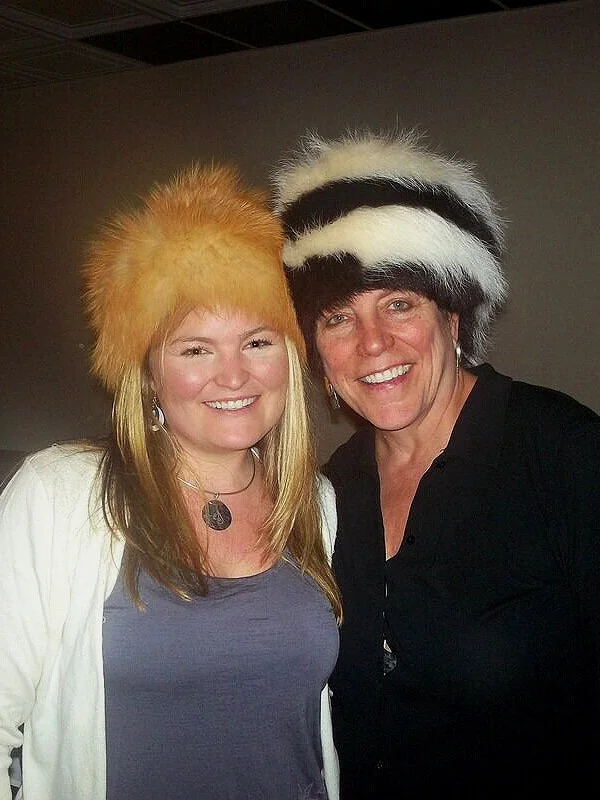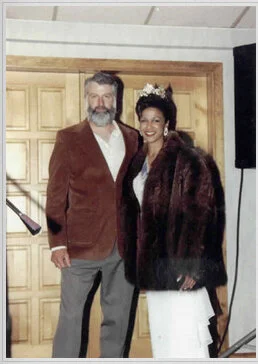Sustainable Use

Since the inception of our nation, the acquisition, trade, exchange, and sale of animal furs in North America was both integral to the shaping of our country, and the continued development thereof. Aboriginal peoples in Canada and Native Americans in the United States of various regions traded among themselves in a pre–Columbian Era.
Beaver fur in particular, which was the most sought after during this time, was primarily used in Europe to make felt hats. In addition to fashion, the usage of natural fur fibers from the hides of animals administers unparalleled warmth and comfort – most notably in cold climates.

Today, the historic fur trade which dominated much of the exploration into uncharted (and once undeveloped) reaches of North America is less noticeable; albeit still present. Animal byproducts are used today in a multitude of items ranging from food additives, garments, perfumes, and as a source of edible protein. Many people living in rural and suburban environments throughout North America (including New Hampshire) continue to live close to the land, utilizing fur-bearering wildlife to maintain a sense of self-reliance and remain in touch with their heritage & culture.
Harvested furbearers have many uses today, reflecting the utilitarian values of many citizens. Fur pelts are used for clothing such as coats, hats, mittens and blankets, wall hangings, and much more. Commercially, fur is used in fine art brushes, water repellent felt for hats, and high quality fishing lures. The glands of some species, such as beaver and skunks, are used in perfume, leather preservatives, scent lures, and holistic medicines, salves, and moisturizers. Even the bones, claws, and teeth of harvested furbearers have contemporary use.
The North American Model of Wildlife Conservation
The North American Model of Wildlife Conservation, a concept that is regarded as the most successful model of wildlife conservation in the world, emphasizes key principles that collectively led to the unique successes in wildlife conservation in the United States and Canada. The Model has seven principles, which stipulate that wildlife resources are held in a Public Trust, wildlife can only be killed for a legitimate purpose, and that science is the proper tool to discharge wildlife policy. Some may question why markets for game species such as deer and elk were eliminated, while markets for furbearers (beaver, raccoons, and others) were developed. Put simply, the conservation and sustainable use of furbearers is one of the hallmarks of the model, by reducing waste of these abundant species via pest control endeavors and elevating these species to valued resource; sustainable (and regulated) use outweighs frivilous waste.
The Miss New Hampshire Scholarship Program

For decades, the New Hampshire Trappers Association generously donated a fur coat each year to the winner of the Miss NH Scholarship Program (a yearly donation which ranged in value up to $7,000.00). While still popular in colder climates like Russia and Canada, the Miss New Hampshire Scholarship program partnership with the NHTA was one of few pageants in America to still hold true to the state’s rural culture with the optional acceptance of a natural fur garment (the Pennsylvania Trappers Association has a similar program).
The NHTA regarded this tradition as an acceptable way to utilize local surplus furbearers and return these natural resources back to the local community in a sustainable manner, while supporting a good cause. The coat was traditionally made with fisher fur; however, both red and gray fox was also used in recent years. This endeavor was always changing and evolving, and the topic of the coat was discussed yearly.
We emphasize that the Miss NH Fur Coat project was contingent on current laws, and pelts gathered for the coat always fell in line with regulated harvest summary trends, humane trapping standards, and current conservation & wildlife management ideals. The yearly submission of the fur coat was completely contingent on a winning contestant’s individual desire to accept the donation of a natural fur coat. The Fur Coat tradition was abruptly ended on behalf of the Scholarship program in 2021, due to overwhelming national pressure from animal rights activists. The NHTA continues to support the Miss NH Scholarship Program’s mission and activities.
We actively welcome donations of fur pelts from any legally obtained species during the regulated season towards the yearly creation of a fur garment, as well as for the creation of Educational Fur Kits for conservation education settings to experience animal pelts. Those wishing to donate are asked to contact your county NHTA director, or utilize our contact page.
The NHTA continues to support sustainable use of our natural resources (including fur, and animal byproducts) in a regulated manner as outlined by the most up-to-date scientific findings, state regulations, and our mission.
